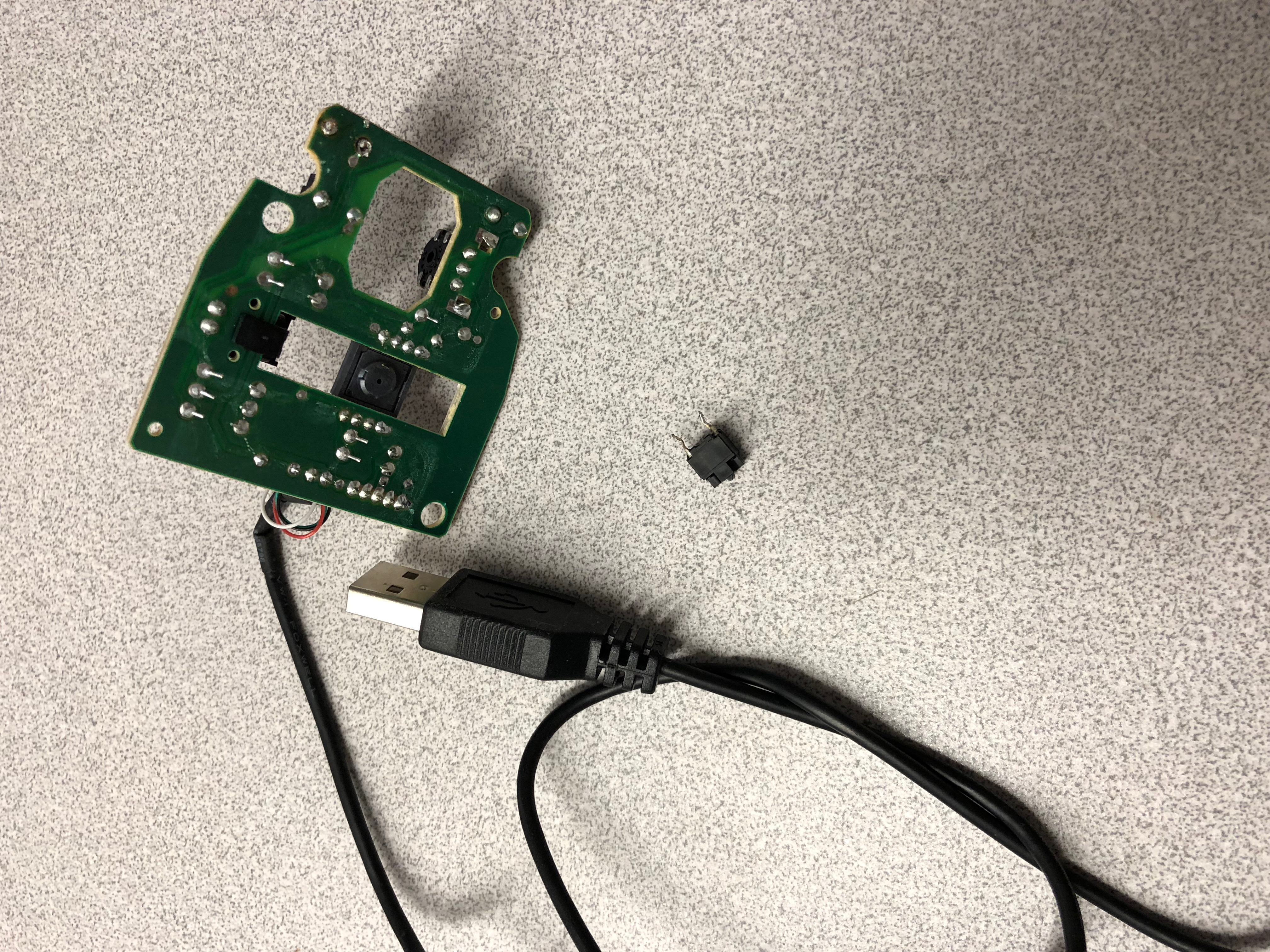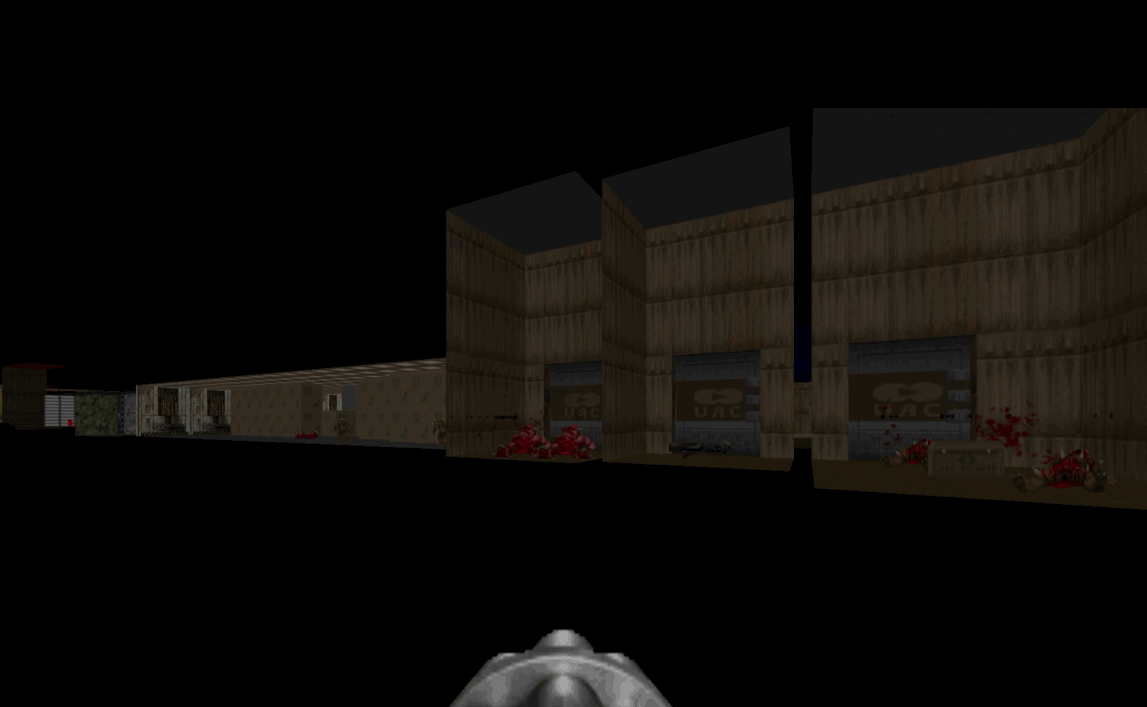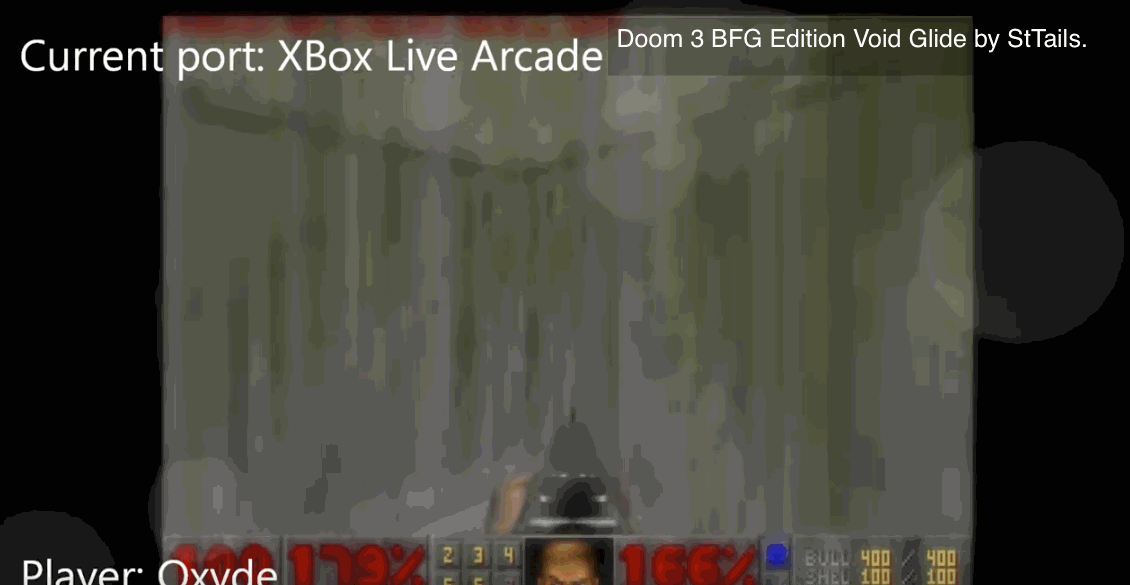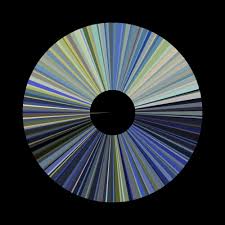I really enjoyed what we learned during the hardware day because it added a lot of possibilities to the things we can do for Doom modding. Being able to create a personalized way of interacting with a game makes it so much more immersive.
Learning how to solder was fun, I wasn’t very good at it because I couldn’t melt off enough of the solder. Even though I wasn’t good at it this first time, i think that if i ever had to mod anything electrical in the future I would be able to do it myself. Whenever I use any type of electrical device, I never really think of how the components of it can be taken apart or re-purposed so it was interesting to think about that this week.
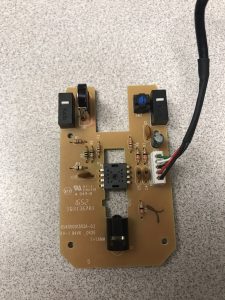
We didn’t spend very much time with the Arduino, but I got a small script to run on multiple LED’s. I’ll probably try to learn to use the Arduino in the future because it’s cool how it allows you a way to instruct and communicate with a physical component. 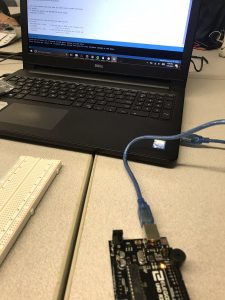










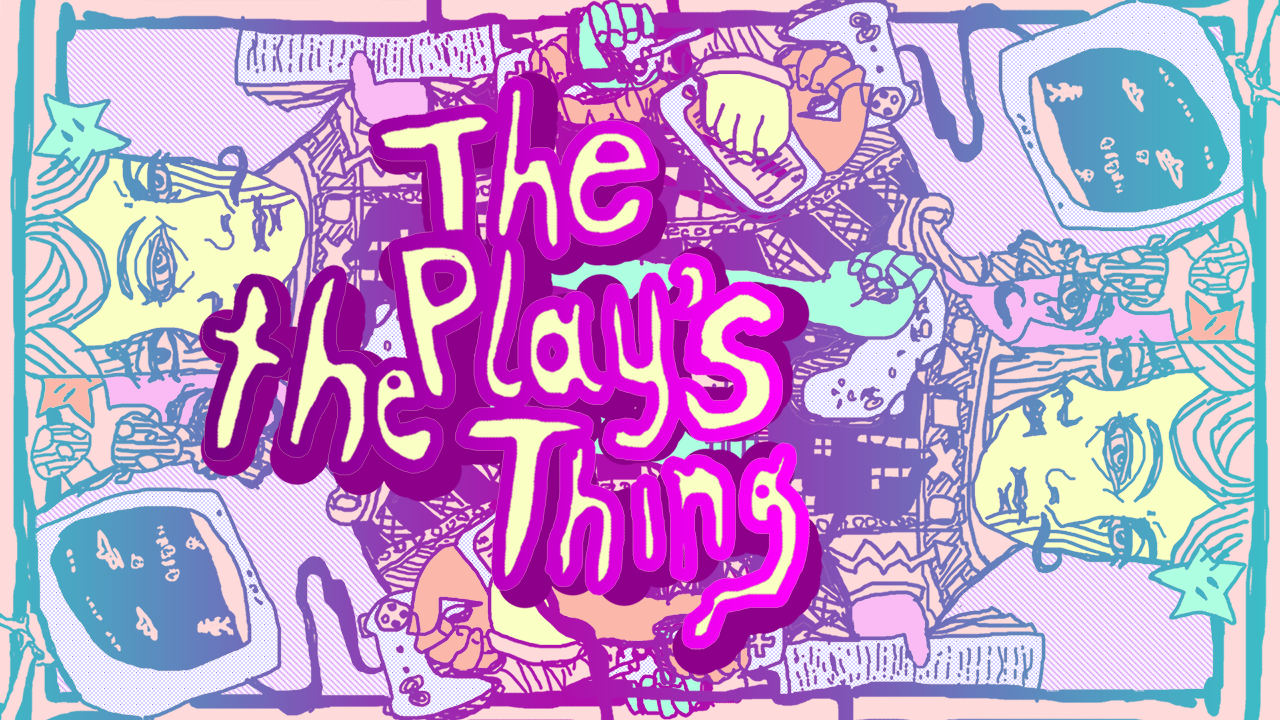
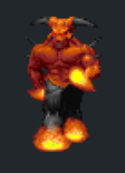
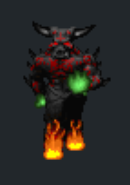
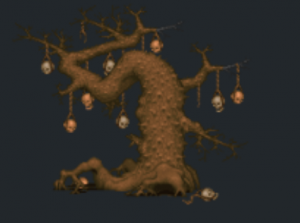
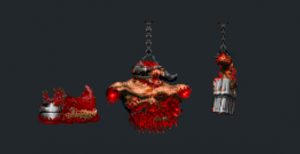
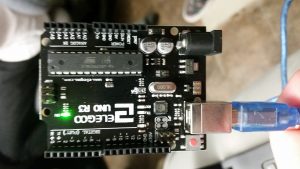
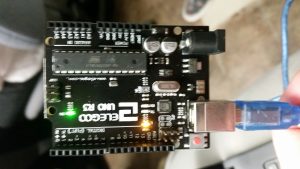
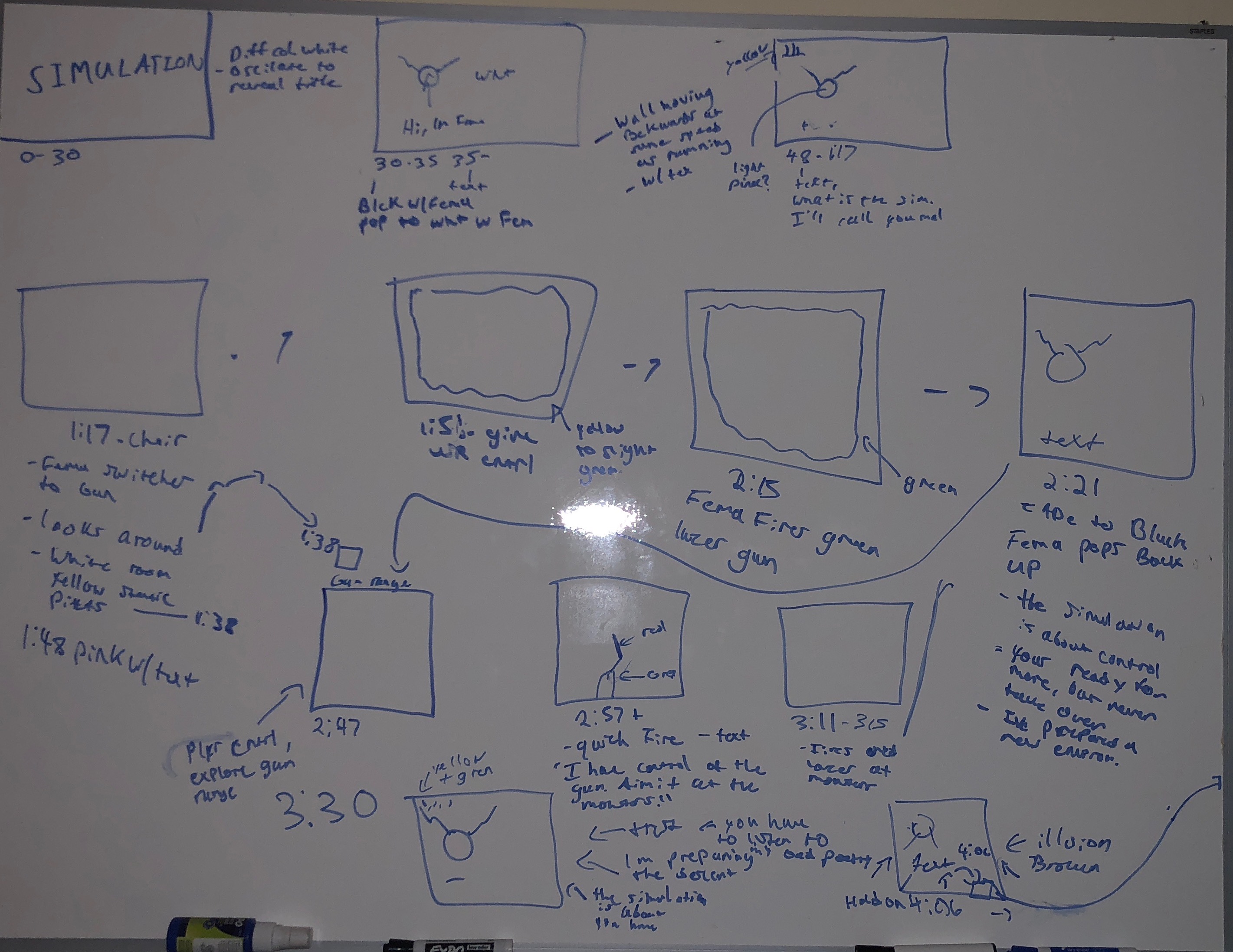
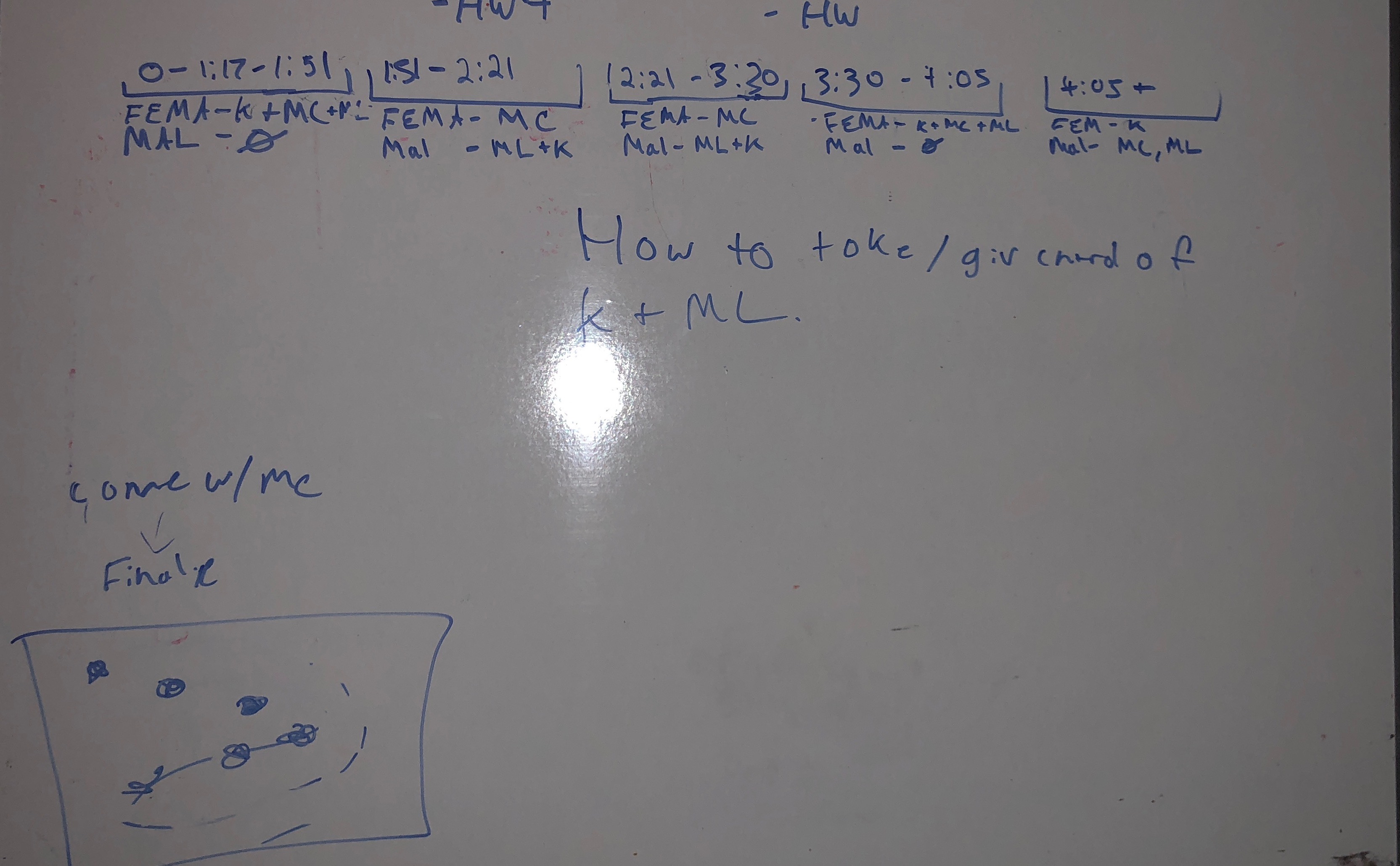
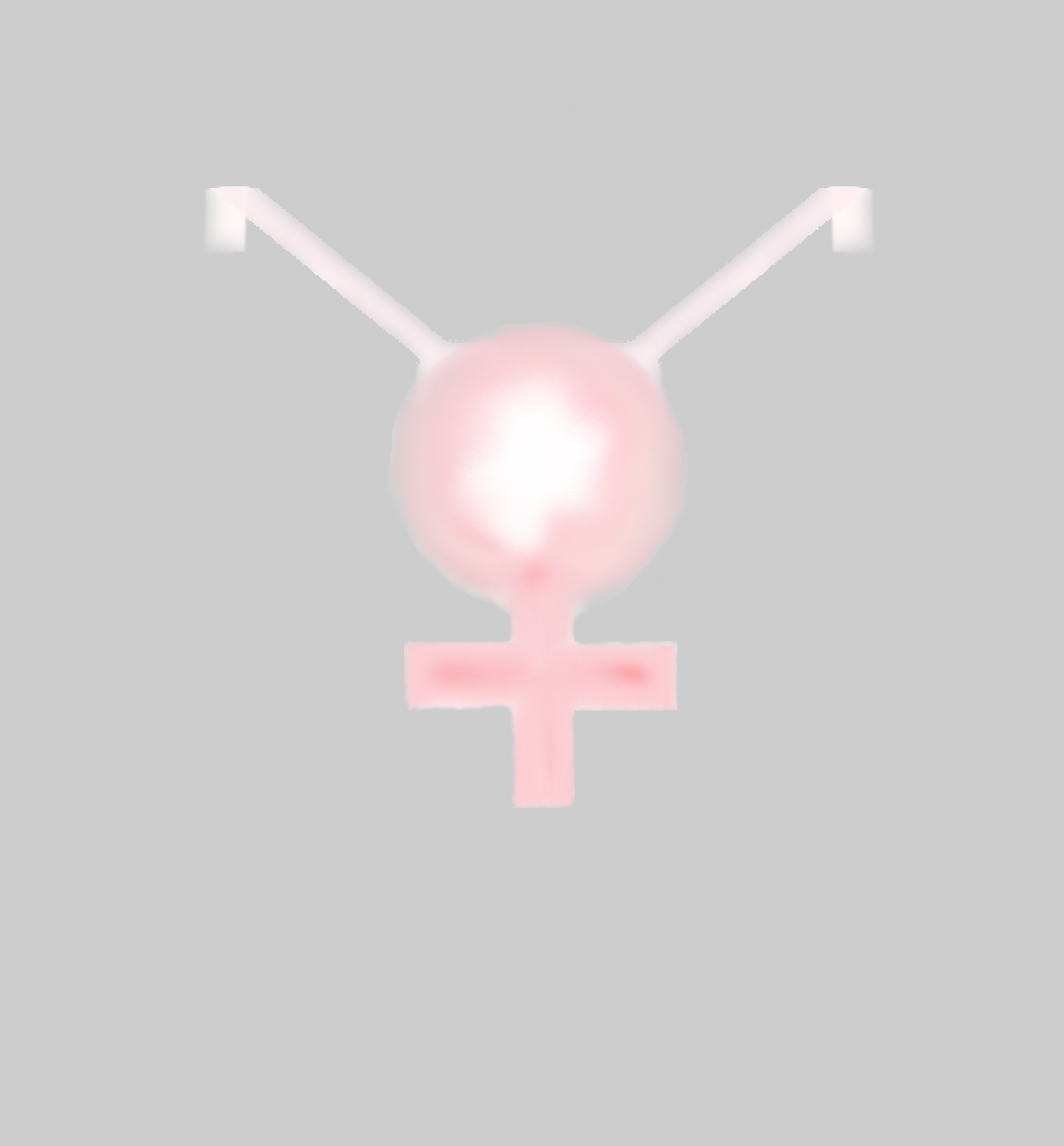
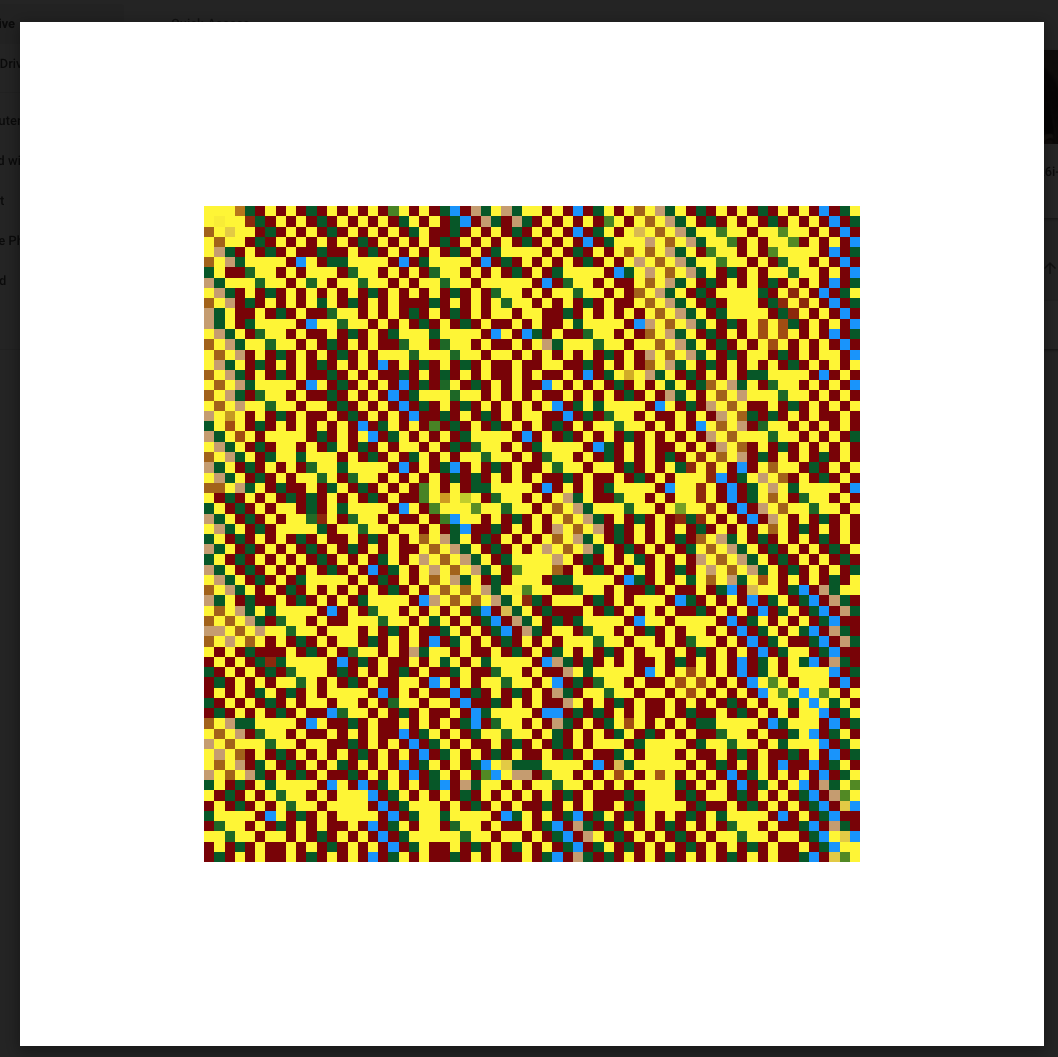
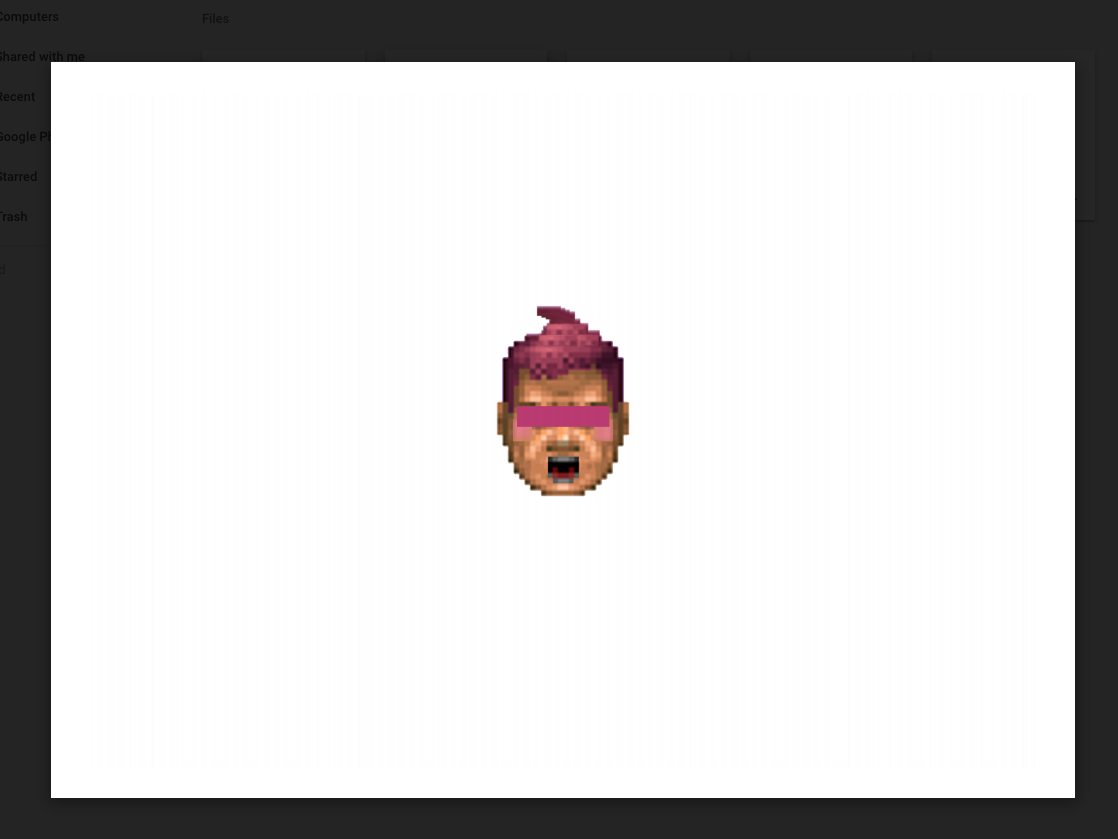
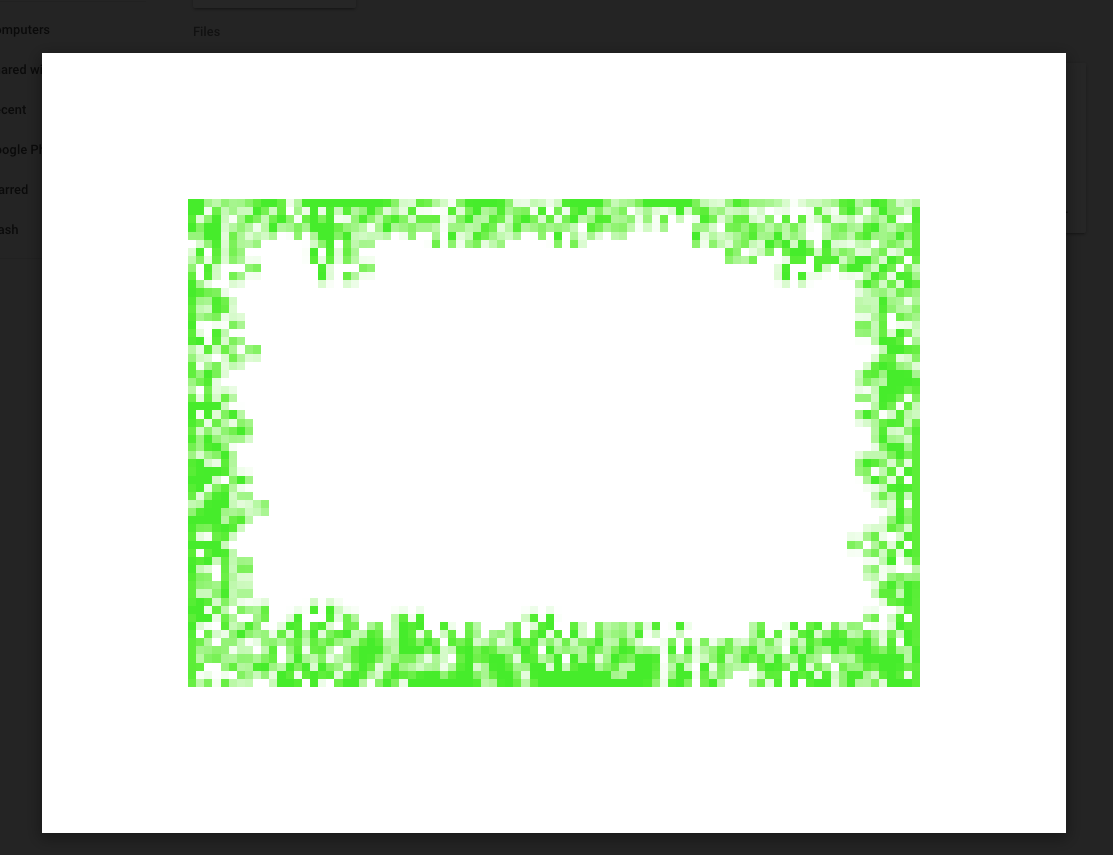
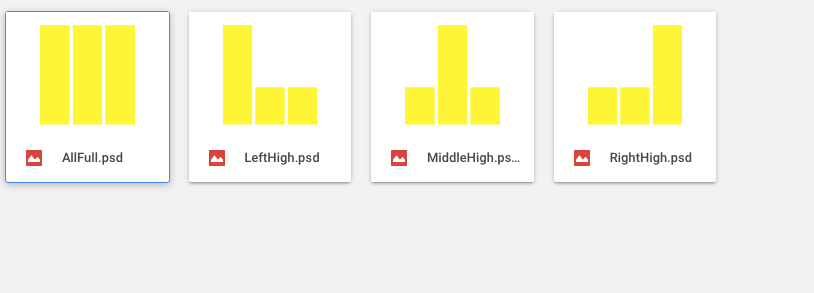 Used to simulate load screen.
Used to simulate load screen.
